In recent years, acupuncture and cupping therapy have gained significant popularity as alternative healing modalities, captivating the attention of wellness enthusiasts and practitioners alike. Rooted in traditional Chinese medicine, acupuncture involves the insertion of fine needles into specific points of the body to promote natural healing, enhance energy flow, and restore balance. Meanwhile, cupping therapy, which entails placing heated or suction cups on the skin to create a vacuum effect, is heralded for its ability to alleviate pain, reduce inflammation, and improve blood circulation. As more individuals seek holistic approaches to health and wellness, these therapies offer compelling options for both physical and mental rejuvenation.
This article delves into the principles behind acupuncture and cupping therapy, exploring their historical significance, contemporary applications, and the science that supports their efficacy. We will also highlight personal testimonials and expert insights, providing a comprehensive overview of how these ancient practices are being integrated into modern healthcare. Whether you are a seasoned alternative medicine practitioner or a curious newcomer, understanding the benefits and potential drawbacks of acupuncture and cupping can help you make informed choices about your health journey.
Historical Significance of Alternative Therapies
Acupuncture and cupping therapy have their roots in ancient Chinese medicine, with practices dating back thousands of years. Historically, acupuncture was utilized as a means to diagnose and treat various ailments, drawing on the concept of Qi (pronounced “chee”), which represents vital energy within the body. By stimulating specific acupuncture points, practitioners aimed to restore the flow of Qi, helping to eliminate blockages and promote overall health. Cupping therapy, on the other hand, was traditionally used to alleviate muscle pain and tension, and its methods have evolved over time but remain true to their roots. These therapies have transcended cultural boundaries, becoming integrated into wellness practices around the world, and modern clinical studies increasingly support their effectiveness.
Modern Applications and Accessibility
Today, many are seeking out these rejuvenating practices as part of their holistic health regimen. Clients often report significant improvements in chronic pain, stress relief, and enhanced energy levels. As the popularity of these treatments grows, so too does the availability of services. Individuals looking to explore the benefits of these alternative therapies can easily find providers in their vicinity by searching for acupuncture and cupping therapy near me. This broad accessibility signifies a shift in how people view health care, increasingly embracing a balanced approach that incorporates both traditional and modern methodologies to optimize wellness.
As the understanding and acceptance of acupuncture and cupping therapy continue to expand, these ancient practices are increasingly recognized as valuable components of modern wellness strategies. Patients are drawn to their non-invasive nature and the promise of holistic healing, often reporting not only physical benefits but also improvements in mental clarity and emotional well-being. This convergence of ancient knowledge and contemporary health care not only enriches our approach to healing but also underscores the importance of individualized care. As research progresses and more practitioners refine their techniques, acupuncture and cupping therapy are poised to play a pivotal role in the future of integrative health, offering hope and healing to a diverse range of individuals seeking alternatives to conventional treatments. Embracing these therapies can empower individuals to take charge of their health and explore pathways that align with their unique wellness journeys.






































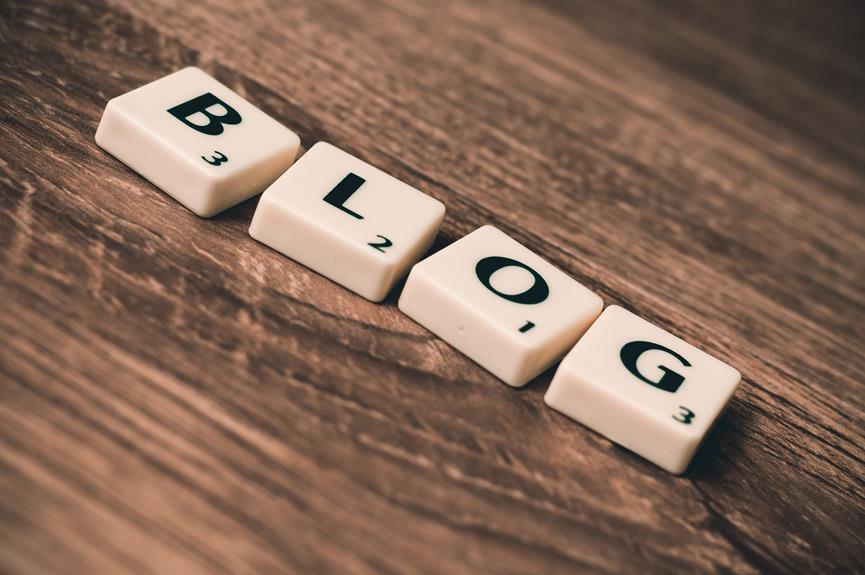


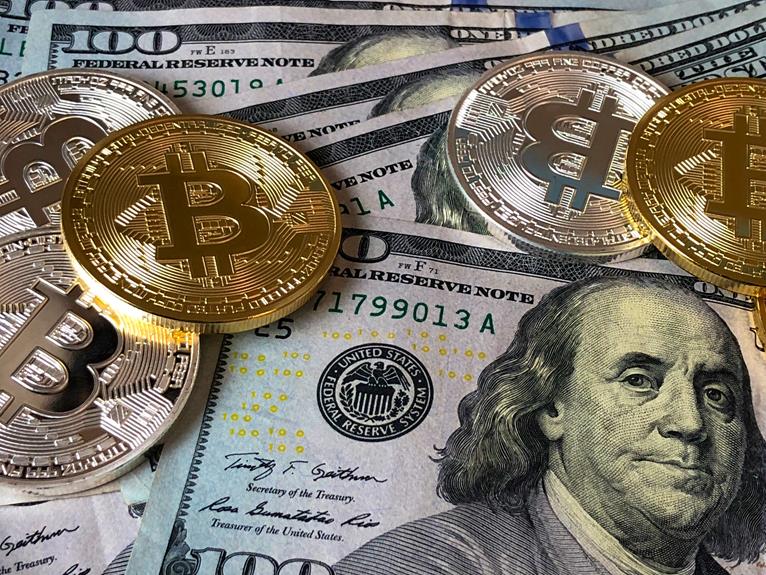




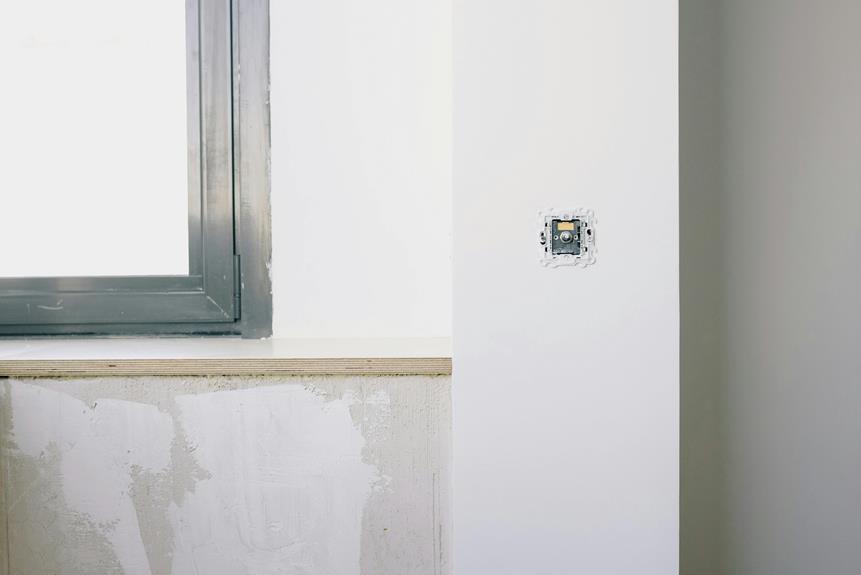
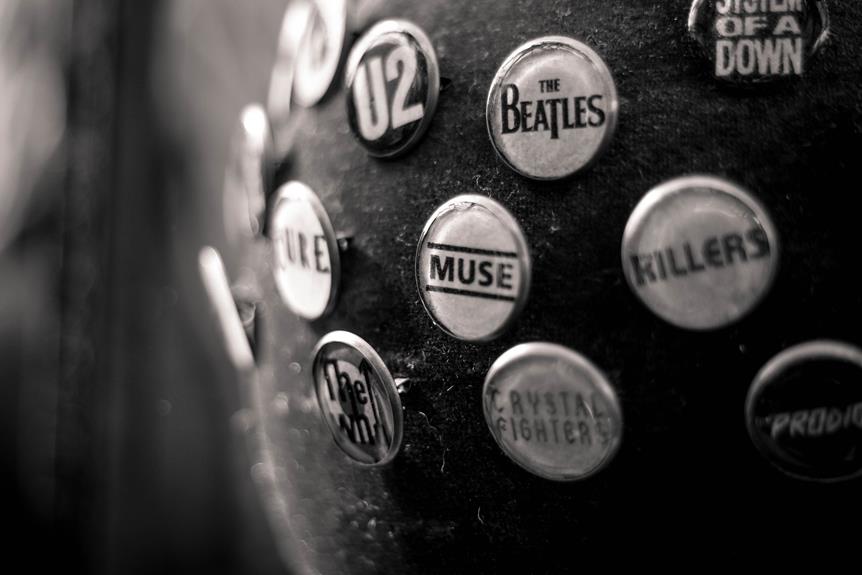
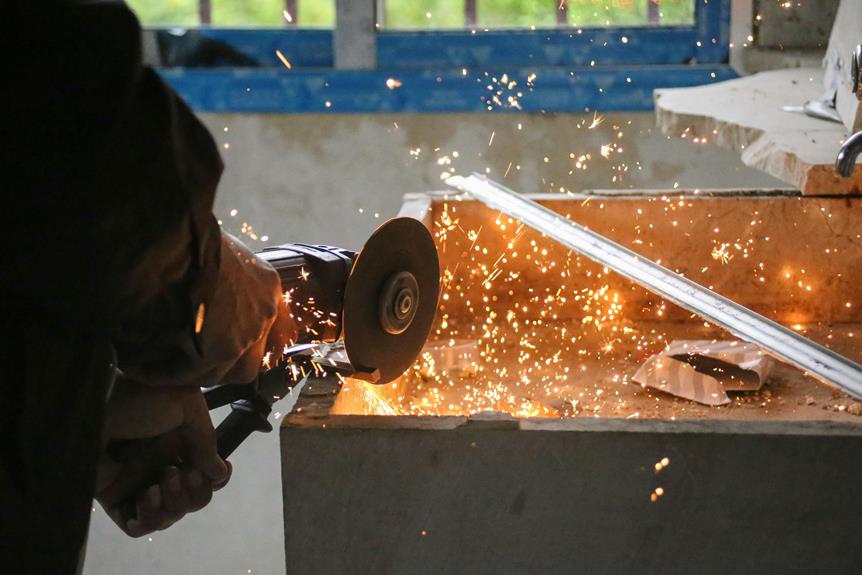











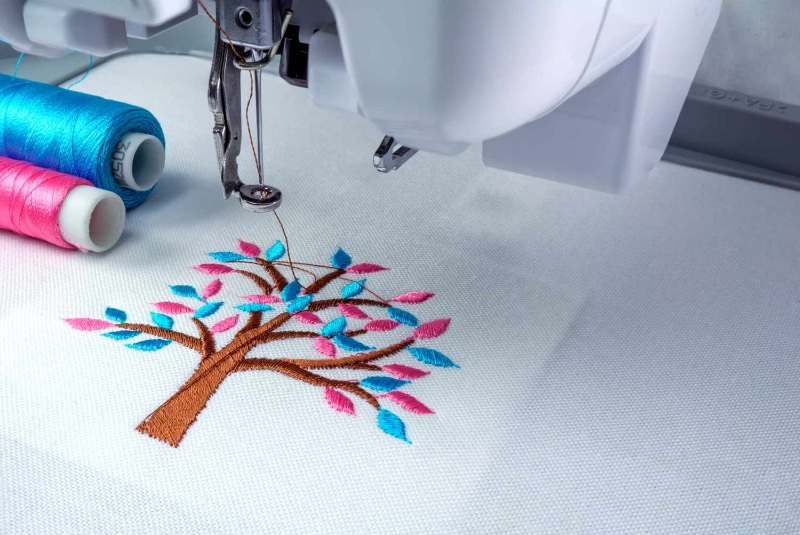




0